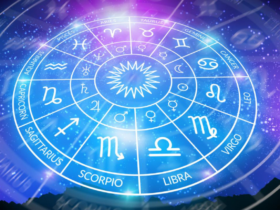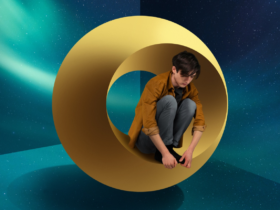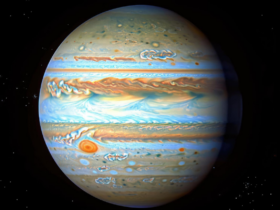Tarot readings have fascinated humanity for centuries, offering insights into personal dilemmas and future possibilities. Yet, when examined through the lens of science, the question arises: can tarot readings be measured for accuracy or reliability? The scientific community often prioritizes evidence-based results and repeatability, making it challenging to evaluate a practice rooted in intuition, symbolism, and subjective interpretation.
The Nature of Tarot Readings
Tarot readings typically involve a deck of 78 cards, each featuring symbolic imagery that the reader interprets based on the querent’s situation or question. The meaning of the cards is not fixed but depends on the context, the reader’s intuition, and how the cards relate to one another. This fluidity makes tarot difficult to quantify using conventional scientific methods, which rely on objective and measurable outcomes. Moreover, the interpretative nature of tarot means that no two readings are identical, even if the same cards appear.
Attempts at Scientific Evaluation
Despite the subjective framework of tarot, there have been attempts to analyze its effectiveness scientifically. Some researchers have explored whether the accuracy of tarot readings can be measured through statistical or psychological methods. One approach is to determine if tarot offers more accurate insights than random guesses. In these studies, researchers have often found that the readings tend to be vague and open-ended, allowing individuals to find personal meaning, much like the “Barnum effect” seen in horoscopes or personality tests.
Nevertheless, tarot has shown value in another measurable way—through its psychological impact. Studies indicate that tarot can act as a mirror for self-reflection. The symbolic nature of the cards helps individuals think more deeply about their situations, facilitating emotional clarity and insight. This introspective benefit, while not predictive in nature, is one of the key reasons tarot remains popular.

A Psychological Tool for Reflection
In psychological terms, tarot may function similarly to projective tests like the Rorschach inkblot test. Instead of revealing hidden truths about the future, tarot encourages individuals to explore their inner thoughts, desires, and fears. The cards can provide a framework for discussing issues that might otherwise be difficult to articulate, leading to deeper personal exploration. In this sense, tarot can have a therapeutic value, as it prompts self-awareness and critical thinking.
Related: How Tarot Can Help You Set and Achieve Your Daily Goals
Can Tarot Truly Be Measured?
While it’s difficult to scientifically validate the mystical or predictive elements of tarot readings, their psychological and emotional impact can be observed. If one shifts the focus from prediction to self-reflection, tarot readings can be appreciated as a tool for personal growth rather than as a method for forecasting the future.
In conclusion, tarot readings may not easily fit into the framework of traditional scientific measurement due to their interpretative and symbolic nature. However, the introspective and emotional benefits they offer are measurable in a different way, supporting their value in helping individuals reflect on their lives and decisions. While tarot may not provide scientific certainty, it can still offer meaningful insights in a psychological context.





















